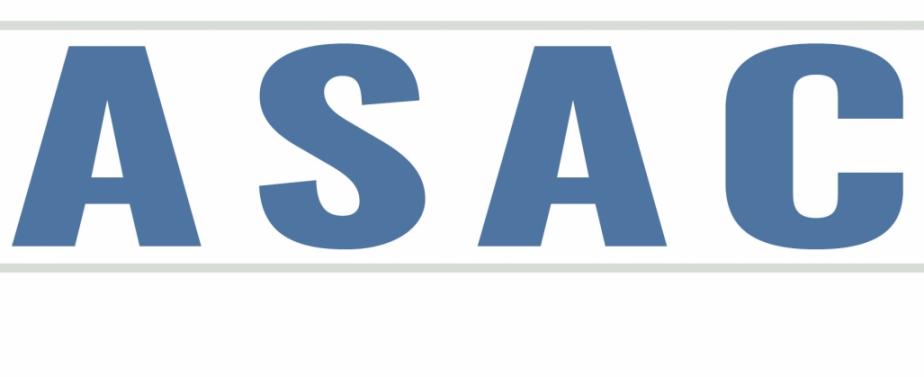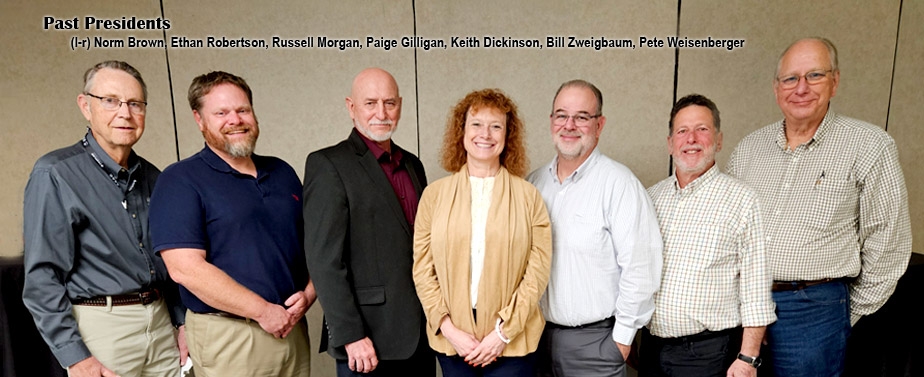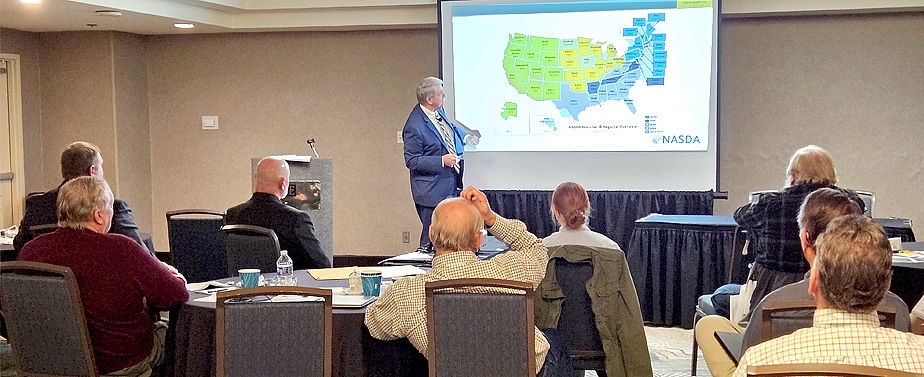Crisis Leadership: Your 90 Day Plan
04/01/2022
A crisis can come in many forms. Sometimes the crisis only affects your business, and other times your entire industry is going through some type of crisis. One of the best ways to keep you and your team focused during a period of crisis is to have a 90-day plan. Keep in mind that the 90-day plan is updated every few days, sometimes even daily during the crisis, and continually looks forward to the next 90 days.
Include these elements in your 90-day plan:
A crisis can come in many forms. Sometimes the crisis only affects your business, and other times your entire industry is going through some type of crisis. One of the best ways to keep you and your team focused during a period of crisis is to have a 90-day plan. Keep in mind that the 90-day plan is updated every few days, sometimes even daily during the crisis, and continually looks forward to the next 90 days.
Include these elements in your 90-day plan:
1. List your core goals. Focus on the 3 to 5 main goals that you want to concentrate on during this time period.
2. Keep your goals simple. At the beginning of the 2020 pandemic, in a virtual session with author and Executive Coach Pat Lencioni, he recommended that your goals be stated in very simple terms. They might include, “Don’t lay anyone off,” or “Keep employees and their families safe and healthy,” or “Maintain full production even if short-handed,” or “Minimize employee stress levels,” or “Maximize Teamwork,” or “Preserve cash,” or “Find opportunities in this hot mess.”
3. Your 90-day plan should be broken into three sections that address the goals and strategies for the three time periods of, the next 30 days, 30 to 60 days, and 60 to 90 days.
4. Include trigger points in each section that state, “If this happens, then we will do this…” For instance, if your cash reserves in the next 30 days fall below a certain level, have a plan for suspending purchases, reducing labor costs, delaying projects, etc. Have a contingency plan built into your strategy before potential events occur.
5. Maximize your strengths. When developing your 90-day plan, be certain that they capitalize on your company, staff and personal strengths.
6. Include the areas that must be protected at all cost.
7. Your plan needs to include specific action steps that must be taken to meet each goal, and identify the individual personally accountable to ensuring that success.
8. List the resources you will use for key decisions and strategic planning. Include the individuals you consider to be subject matter experts and your most trusted advisors, as well as organizations, industry representatives, vendors, staff, owners, etc.
9. Communication strategy. Be sure to include your overall communication strategy in your plan, which would include the main contact for each of the goals and areas of the business, what will be shared with all staff, what will remain closely-held information, and how information will be disseminated.
10. Plan for your recovery after the crisis abates. Identify how you will transition back to regular activities in a methodical manner, with the highest priority activities listed and a plan for their return to normal.
Remember—It’s not about having the perfect plan. The key to your success will be in your ability to adapt to all the rapidly changing inputs, disruptions and circumstances.
Post a new comment







